The living room is often considered the heart of a home, and in a traditional Japanese house, this is no exception. The design of a Japanese living room is rooted in centuries of culture and tradition, creating a peaceful and harmonious space for relaxation and socialization. Let's explore the key elements of a traditional Japanese house living room design.Traditional Japanese House Living Room Design
The decor in a traditional Japanese living room is minimalistic, with a focus on natural materials and a neutral color palette. The walls are typically made of paper screens called fusuma, which can be opened to connect the room to other spaces or closed for privacy. The fusuma are often decorated with intricate hand-painted designs, adding a touch of elegance to the room.Japanese Living Room Decor
The flooring of a Japanese living room is made up of tatami mats, which are woven from rice straw and covered in a layer of soft rush straw. These mats provide a comfortable and warm surface for sitting and lying down, and they also help to absorb excess moisture in the room. Tatami mats are a staple in Japanese homes and are an essential part of the traditional living room design.Tatami Mat Living Room
In a traditional Japanese living room, there is often no furniture other than a low table and some floor cushions. However, in modern times, it is becoming more common to see a futon sofa in the living room. These low-lying sofas can be easily converted into a bed, making them a practical choice for small living spaces. They also add a touch of coziness to the room and are perfect for lounging and socializing.Futon Sofa Living Room
One of the signature elements of a Japanese living room is the shoji screen room divider. These screens are made of wood and translucent paper, allowing natural light to filter through and create a serene and calming atmosphere. In addition to providing privacy, shoji screens are also used as a decorative element, with intricate patterns and designs often incorporated.Shoji Screen Room Divider
As mentioned before, the only seating in a traditional Japanese living room is usually on the floor. To make sitting more comfortable, zabuton floor cushions are used. These cushions are typically square or rectangular and are filled with cotton or other soft materials. They are perfect for sitting on while dining at a low table or while relaxing and chatting with friends.Zabuton Floor Cushions
Another unique piece of furniture commonly found in a Japanese living room is the kotatsu coffee table. This low-lying table has a built-in heating element and is usually covered with a heavy blanket. People sit around the table with their legs under the blanket, creating a warm and cozy space for gatherings during the cold winter months.Kotatsu Coffee Table
In traditional Japanese homes, the living room also often features an irori fireplace. This is a sunken hearth in the center of the room, used for cooking and heating. While irori fireplaces are not as common in modern living rooms, they add a touch of tradition and history to the space.Irori Fireplace
For formal meals, a chabudai dining table is used in the living room. This low table is set on the tatami mats, and people sit on cushions or zabuton around it. The chabudai is typically used for special occasions, such as New Year's celebrations or family gatherings.Chabudai Dining Table
No traditional Japanese living room is complete without the addition of shibori indigo textiles. This ancient dyeing technique creates unique patterns on fabric, and the deep blue color is a symbol of tranquility and peace. These textiles are often used as cushions, table runners, or wall hangings, adding a pop of color and texture to the space. In conclusion, the design of a traditional Japanese house living room is a perfect blend of simplicity, functionality, and beauty. From the fusuma walls to the zabuton floor cushions, every element serves a purpose and contributes to the overall calming atmosphere of the room. Incorporating these elements into your own living room can bring a touch of Japanese culture and tradition into your home.Shibori Indigo Textiles
The Tranquil and Minimalistic Living Room of a Traditional Japanese House

The Importance of the Living Room in Japanese House Design
 The living room is the heart of a traditional Japanese house, also known as a "washitsu". This space serves as a multifunctional area for relaxation, socializing, and hosting guests. It is a reflection of the Japanese philosophy of simplicity, harmony, and nature. The design of the living room is crucial in creating a tranquil and peaceful atmosphere, which is essential for the Japanese way of living.
The living room is the heart of a traditional Japanese house, also known as a "washitsu". This space serves as a multifunctional area for relaxation, socializing, and hosting guests. It is a reflection of the Japanese philosophy of simplicity, harmony, and nature. The design of the living room is crucial in creating a tranquil and peaceful atmosphere, which is essential for the Japanese way of living.
The Elements of a Traditional Japanese Living Room
 The traditional Japanese living room is a perfect blend of functionality and aesthetics. It typically features low furniture, natural materials, and a neutral color palette. The
tatami
(straw mat) flooring is a staple in Japanese homes and adds a warm and organic feel to the space. The use of
shoji
(sliding paper doors) and
fusuma
(sliding wood panels) allows for natural light to enter the room and creates a sense of openness.
The traditional Japanese living room is a perfect blend of functionality and aesthetics. It typically features low furniture, natural materials, and a neutral color palette. The
tatami
(straw mat) flooring is a staple in Japanese homes and adds a warm and organic feel to the space. The use of
shoji
(sliding paper doors) and
fusuma
(sliding wood panels) allows for natural light to enter the room and creates a sense of openness.
The Minimalistic Design Aesthetics
 The Japanese believe in the concept of "less is more", which is evident in their living room design. The furniture is kept to a minimum, with only the essential pieces such as a low table, floor cushions, and a
kotatsu
(heated table) for colder months. The use of natural materials such as wood, bamboo, and paper adds to the minimalistic and organic feel of the space.
The Japanese believe in the concept of "less is more", which is evident in their living room design. The furniture is kept to a minimum, with only the essential pieces such as a low table, floor cushions, and a
kotatsu
(heated table) for colder months. The use of natural materials such as wood, bamboo, and paper adds to the minimalistic and organic feel of the space.
The Role of Nature in Japanese House Design
 Nature plays a significant role in Japanese culture, and it is reflected in their living room design. The
tokonoma
(alcove) is a designated space in the living room for displaying seasonal decorations, plants, and artwork. This element brings a touch of nature and adds to the overall harmony of the room.
Nature plays a significant role in Japanese culture, and it is reflected in their living room design. The
tokonoma
(alcove) is a designated space in the living room for displaying seasonal decorations, plants, and artwork. This element brings a touch of nature and adds to the overall harmony of the room.
The Importance of Feng Shui
 Feng Shui, the Chinese art of harmonizing one's surroundings, heavily influences Japanese house design. The placement of furniture and decor in the living room follows specific rules to create a balanced and harmonious flow of energy. For example, the seating area is typically positioned towards the
tokonoma
, which is considered the most auspicious spot in the room.
In conclusion, the living room of a traditional Japanese house is a serene and simplistic space that reflects the Japanese way of life. Its design elements and aesthetics aim to create a harmonious and peaceful atmosphere, making it the perfect place to unwind and connect with nature.
Feng Shui, the Chinese art of harmonizing one's surroundings, heavily influences Japanese house design. The placement of furniture and decor in the living room follows specific rules to create a balanced and harmonious flow of energy. For example, the seating area is typically positioned towards the
tokonoma
, which is considered the most auspicious spot in the room.
In conclusion, the living room of a traditional Japanese house is a serene and simplistic space that reflects the Japanese way of life. Its design elements and aesthetics aim to create a harmonious and peaceful atmosphere, making it the perfect place to unwind and connect with nature.












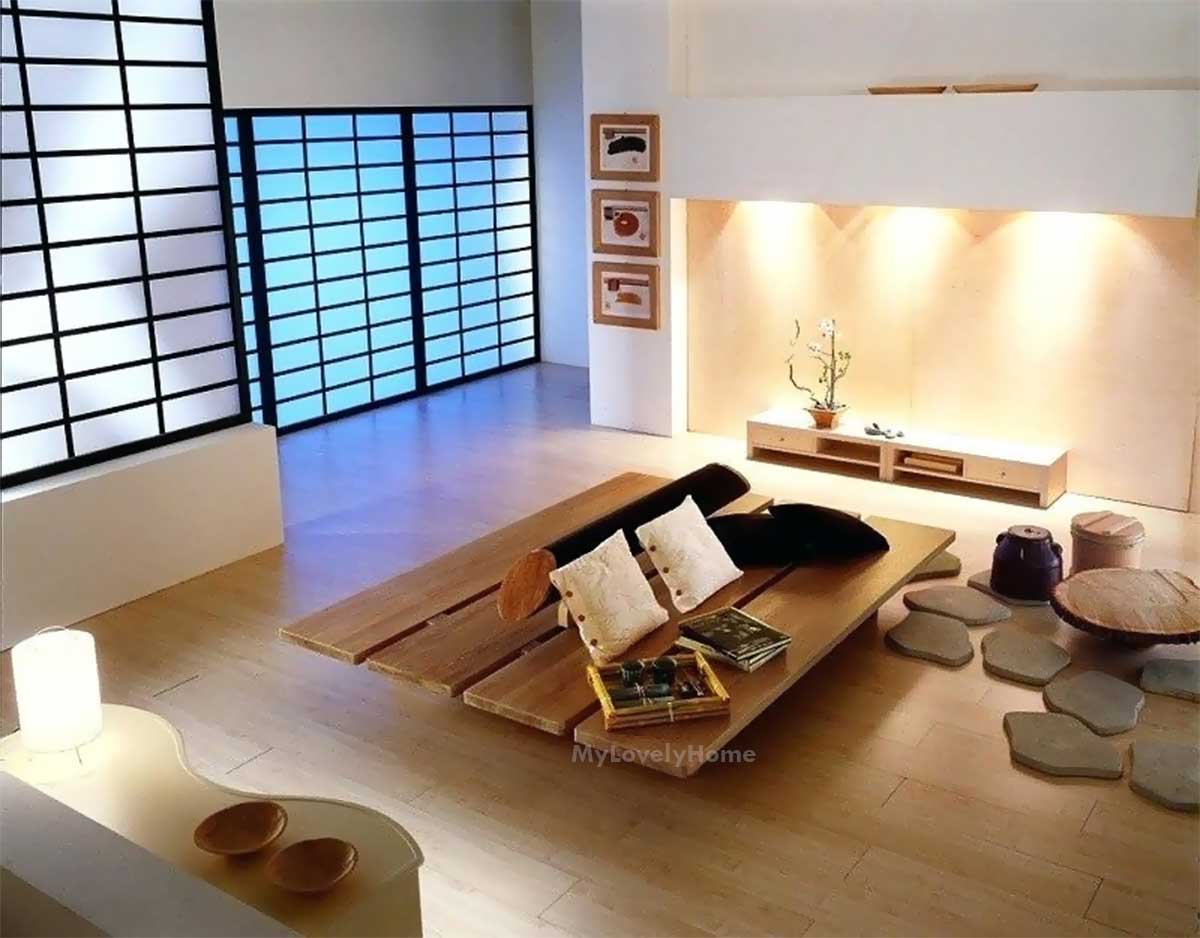









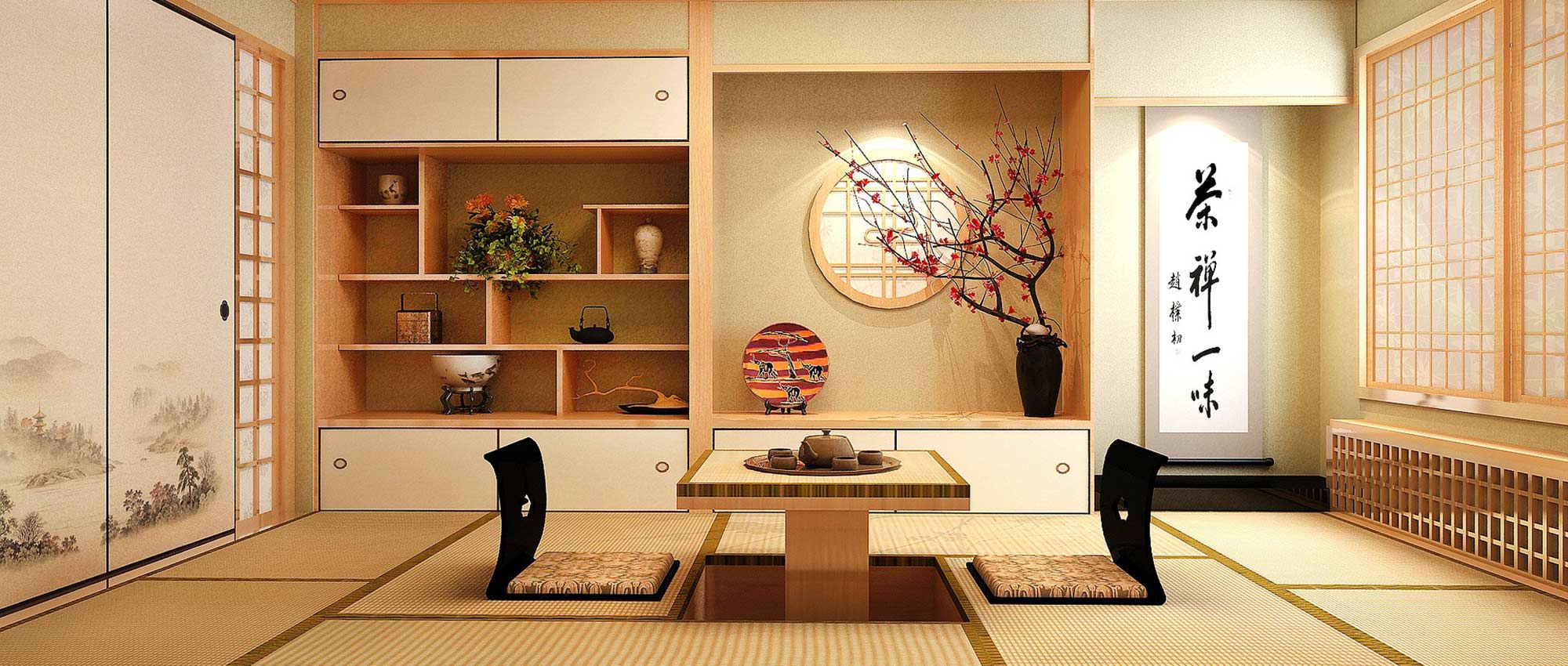







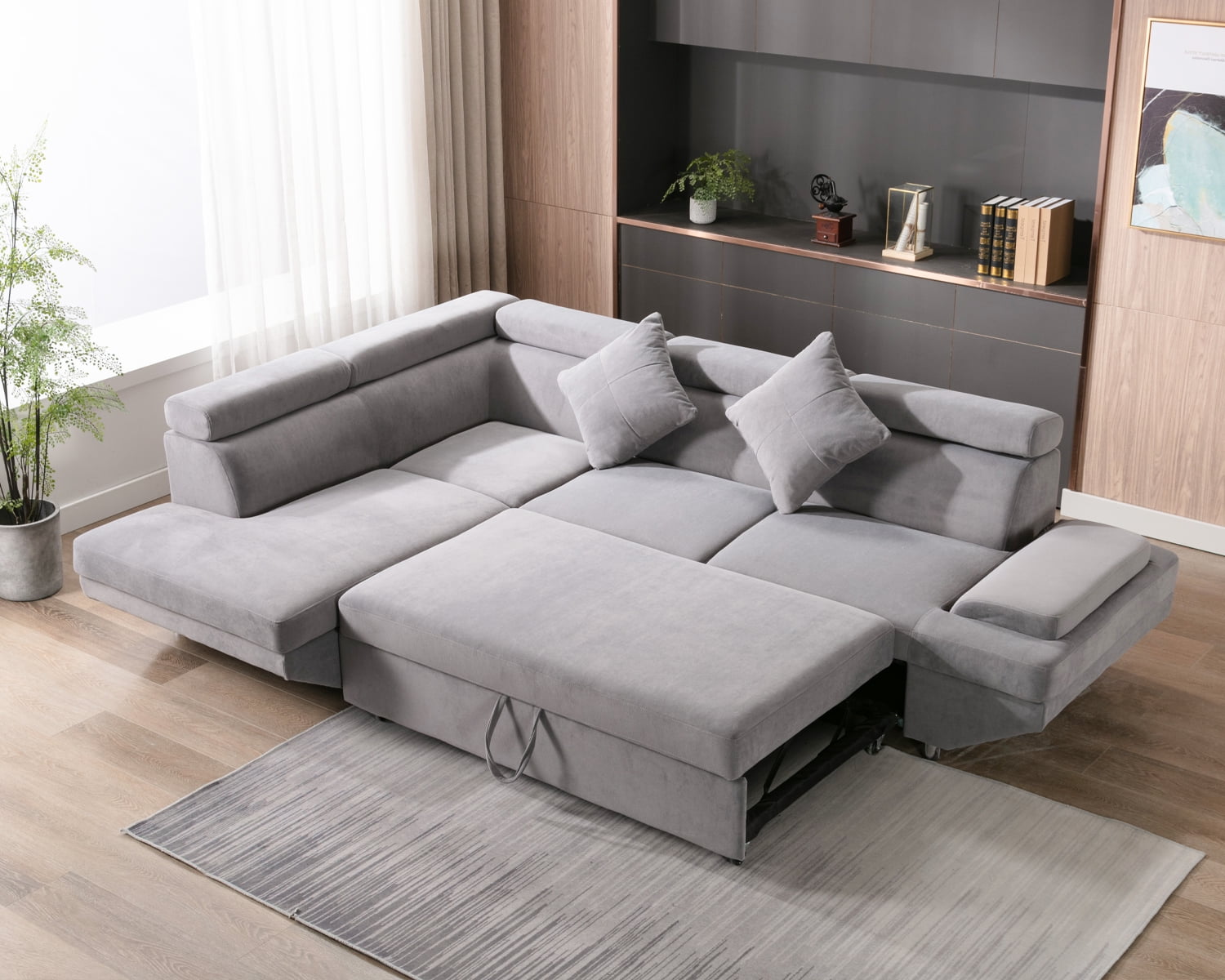











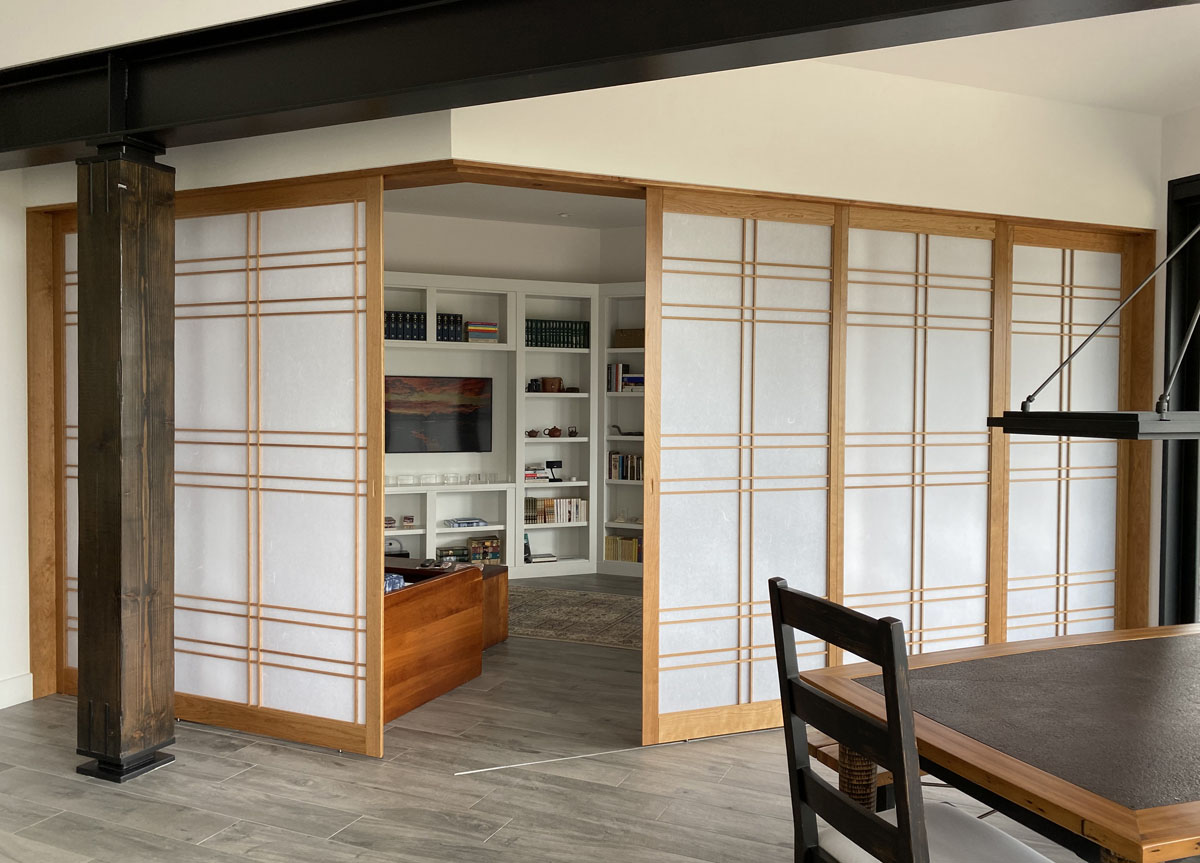


















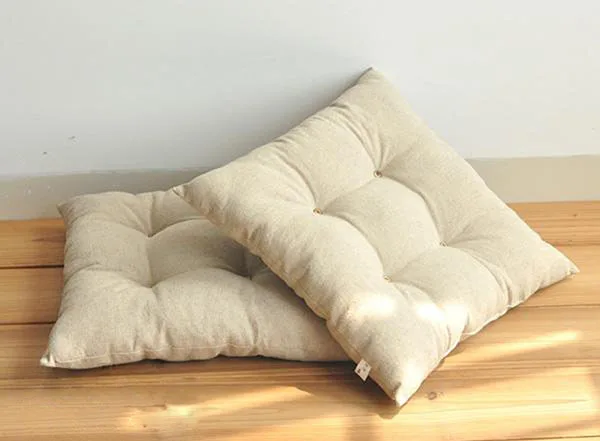




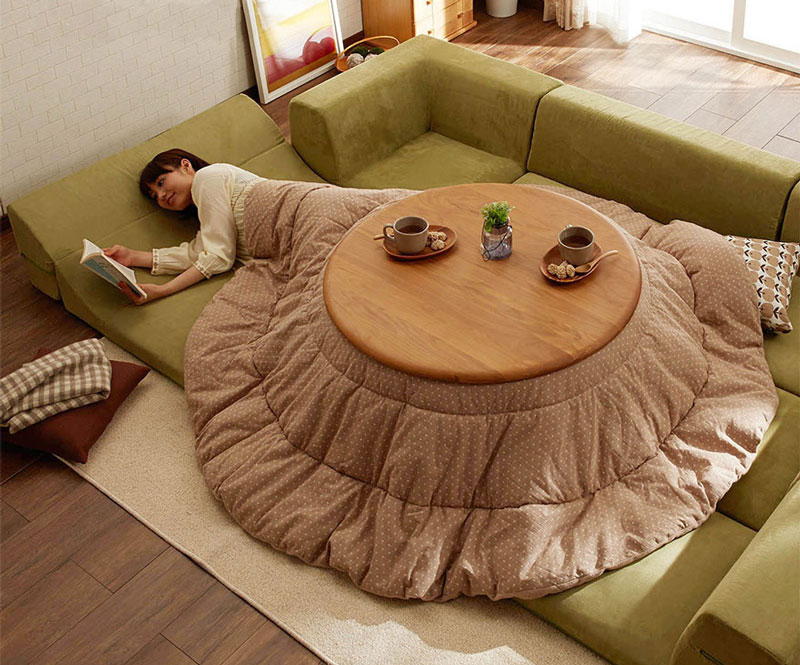






































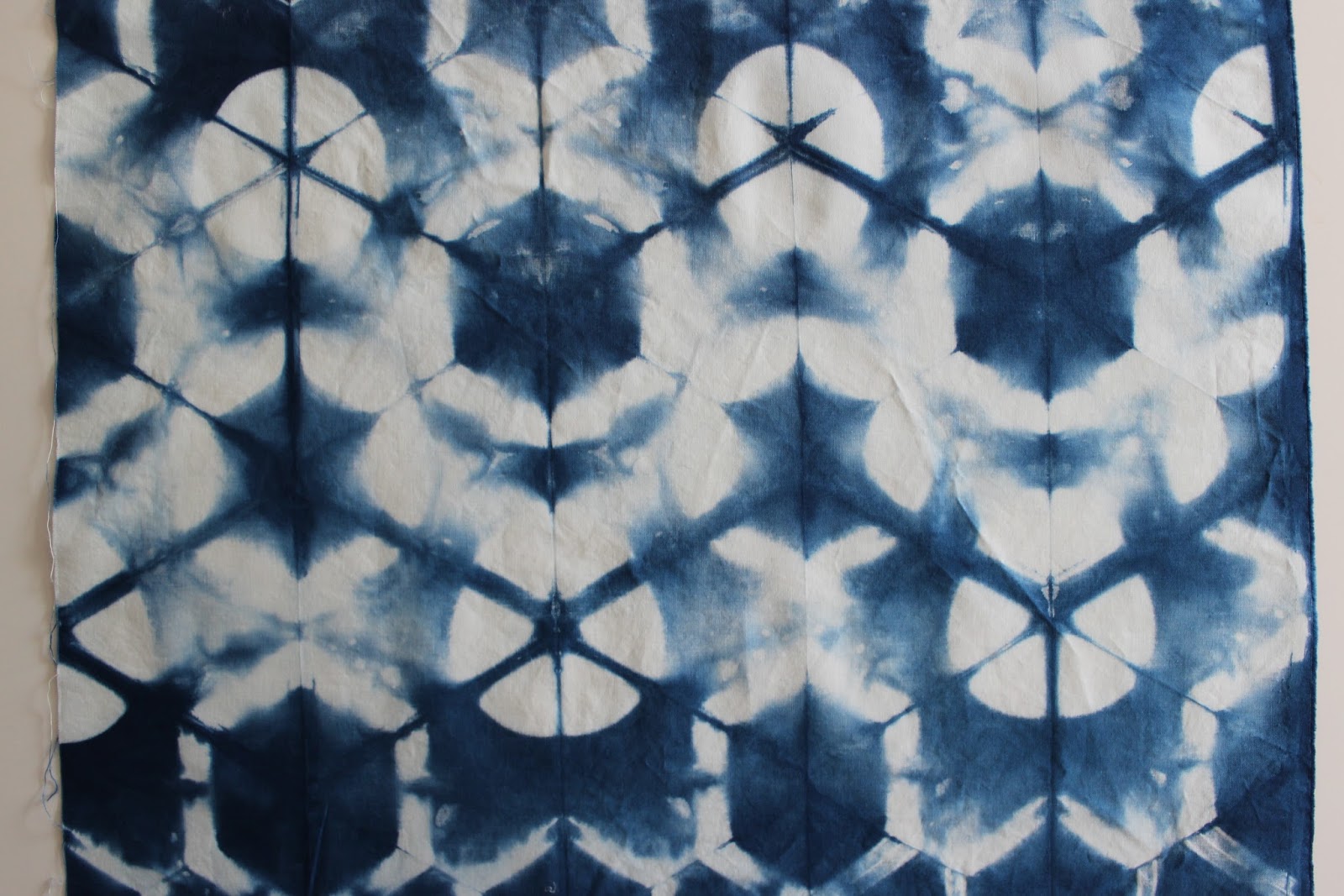





:max_bytes(150000):strip_icc()/how-to-choose-a-sofa-color-4151743-04-b2a07f452fd3476293a75aff7e5ea17c.jpg)

